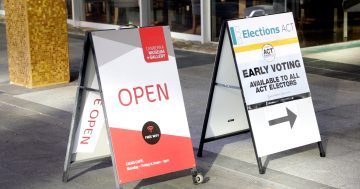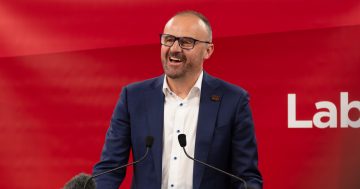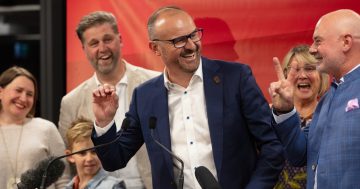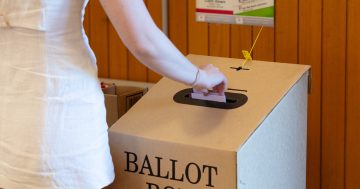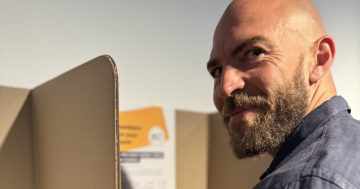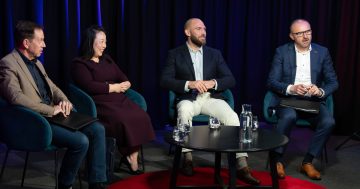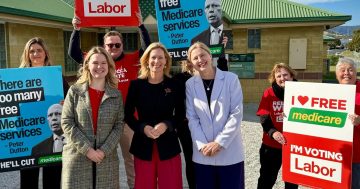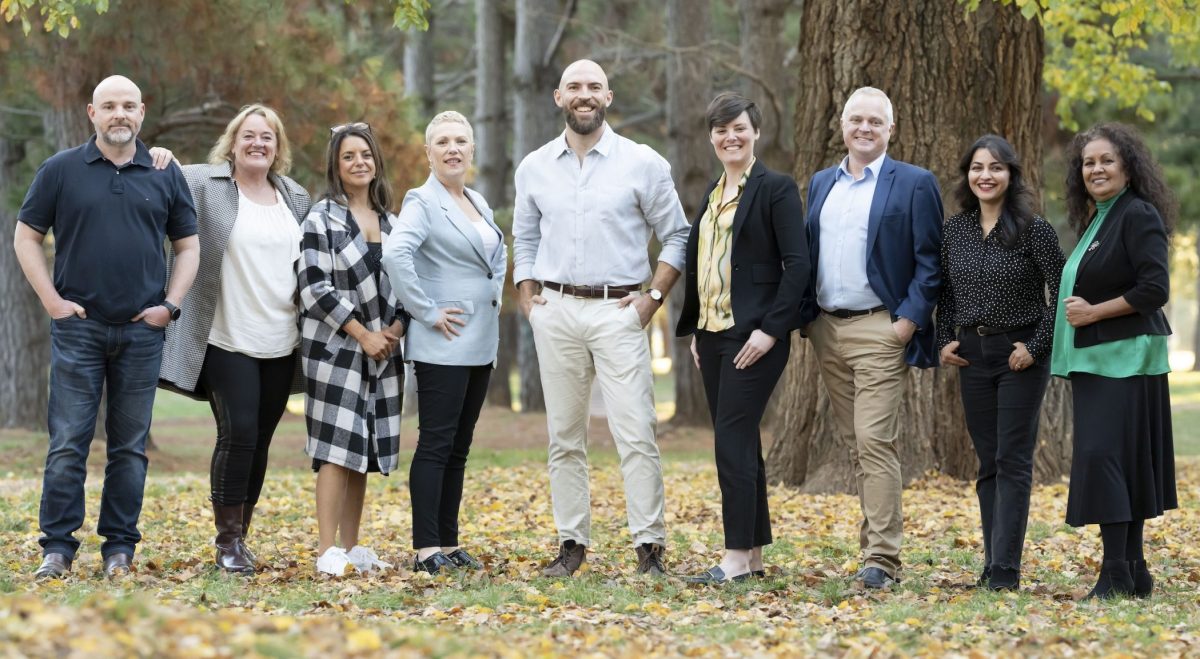
Independents for Canberra: despite the name, there are other candidates running as ‘independents’ in the ACT election. Photo: IFC.
Canberrans have already begun early voting and the ACT’s actual election day is less than two weeks away.
The parties have their policies well and truly out there, and tonight (8 October), Andrew Barr and Elizabeth Lee will go head-to-head at the National Press Club for a televised debate where we will all get to hear more about Labor/Greens and Liberal policies.
But I want to talk a little about the independents in this election and a quirk of the campaign that has been beneficial to some and detrimental to others.
It’s all in the name.
This territory election has seen a healthy showing of independent candidates vying for an electoral win in a Hare-Clark system that doesn’t make it easy if you’re not from one of the three major parties.
This election, however, independents are making a noise, being heard and, for some, they’re being taken seriously.
But there’s the anomaly.
For a growing number of Canberrans, the belief is that the independents are all aligned and are just one group.
And it’s a misconception the government and the opposition are more than willing to exploit.
The Libs say a vote for independents will be a vote for the Greens, while Labor says an independent vote will go straight to the Liberals.
“The only time the Canberra Liberals have formed government in the ACT is with the support of independents,” says one ALP ad.
“So if you’re voting independent this election, you might be putting the most conservative Liberals in the country into power.
“Liberals who voted against abortion access and against voluntary assisted dying.”
It’s that last line that has got a few of the independent candidates riled.
Some of them are vehemently opposed to restricting women’s rights to abortion and just as strongly in favour of voluntary assisted dying.
Yet Labor, with one general statement, has tarred all of the independents in this campaign with the same brush.
They know there are various groups of independents and that they differ on policy positions.
The Libs know it, too, but it is very convenient for the conservatives to encourage the idea that all of the indies are ‘radical lefties’.
For many voters, it is easy to believe that the independents are all one movement. Maybe it has something to do with how they’re named.
Independents for Canberra chose wisely.
That’s a clever name and it has morphed into ‘Canberra Independents’ for many.
Whether by design or just good luck, when people refer to independents at this stage of the election campaign, they increasingly think the Independents for Canberra are the sum total of the Canberra independent candidates.
The government is happy with that because, despite there being some good candidates among the Independents for Canberra, there is more formidable experience, brainpower, community involvement and debating ability from some of the smaller independent candidates and groupings in this campaign.
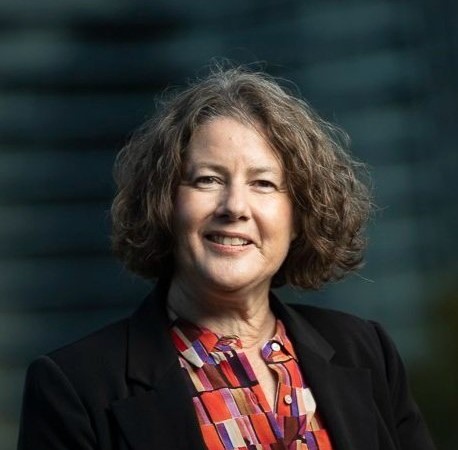
Independent candidate Fiona Carrick attracted the largest independent vote in the 2020 election. Photo: fionacarrick.com.
Fiona Carrick, who is running in Murrumbidgee, almost won a seat previously due to her extraordinary community advocacy.
Peter Strong and Ann Bray of Strong Independents (another clever name) have enormous experience in business, community and diplomacy.
These are all affronted by being grouped in with a homogeneous ‘Canberra Liberals’ moniker and with the major parties saying they are all the same and confederate.
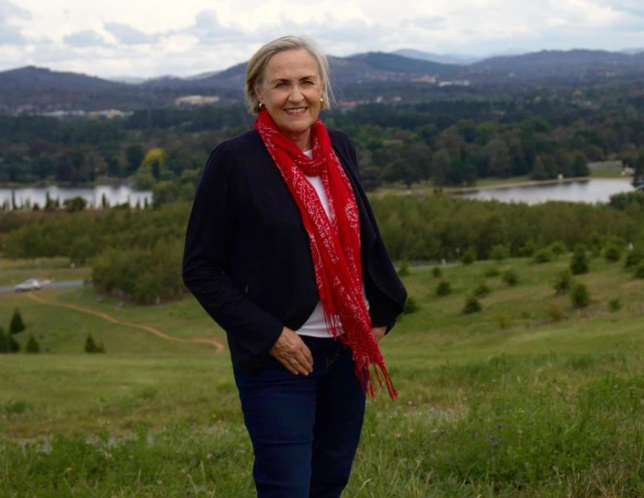
Ann Bray is running with Peter Strong under the Strong Independents banner. Photo: Ann Bray.
Ann Bray is particularly outraged that Andrew Barr would suggest a vote for her would be a vote to help the Liberals outlaw abortion and voluntary assisted dying.
It’s an easy jab for the government to make, and I guess that’s politics.
But when Labor and Liberal leaders only want to debate one group of independents with the reasoning that they represent all of the independent candidates, we can be sure it’s because they don’t want to go up against the more experienced – and more truly independent – campaigners.

A Belco Party ad seen posted around town that has Gungahlin spelt wrong. Photo: Region.
That brings us to the Belco Party, spearheaded by former Liberal Party leader Bill Stefaniak.
They can be as truly independent as any of the others, but if they can’t even spell Gungahlin correctly (as this campaign poster of theirs attests), then they really have no claim to being connected to the community.
Original Article published by Chris Johnson on Riotact.


